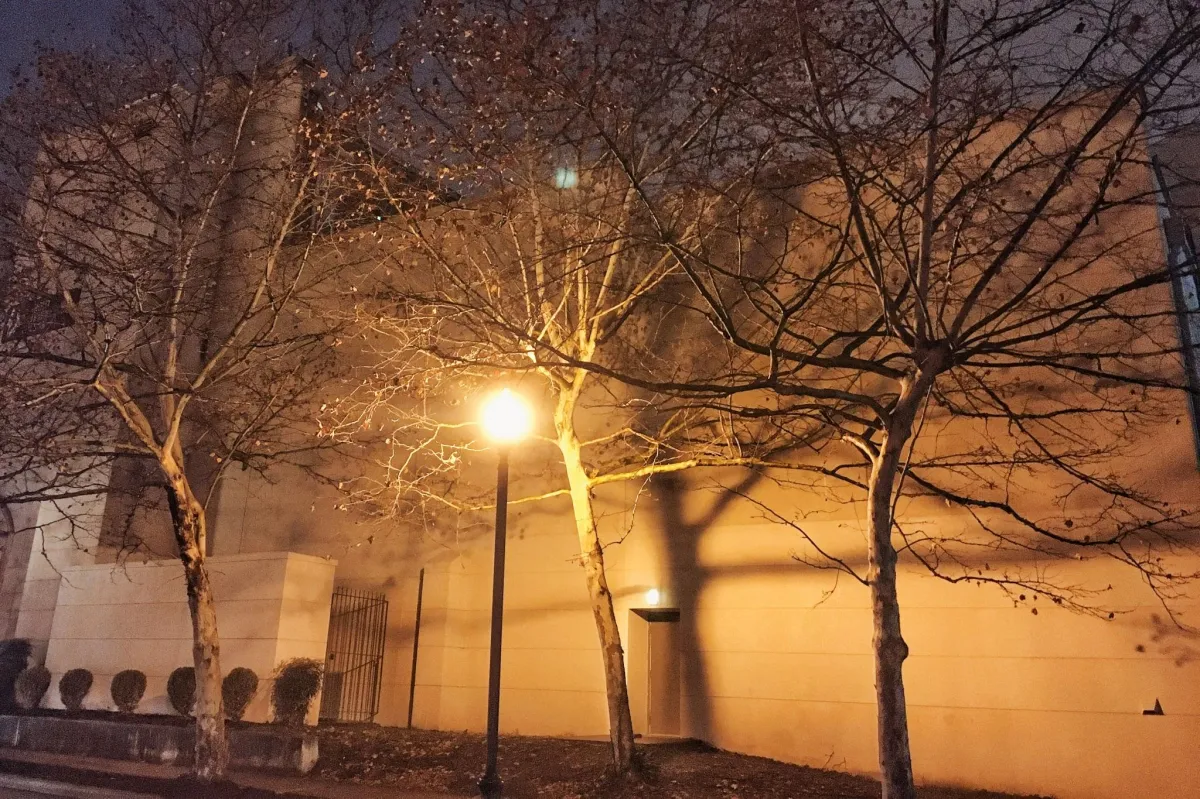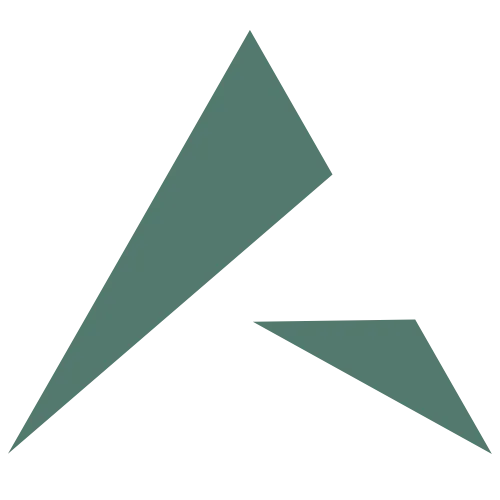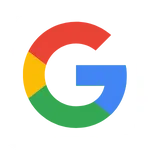
Blog > What is Plant Health Care?
The Essential Role of Arborists in Urban Forestry: A Case Study of Louisville
Urban forestry, a critical component of city planning, focuses on the management and conservation of trees within urban environments. In cities like Louisville, urban forestry is instrumental in enhancing the city's aesthetic appeal, improving air quality, and providing numerous ecological benefits. At the heart of this practice are arborists, professionals trained in the science of planting, caring for, and maintaining trees. This article explores the vital role of arborists in urban forestry, their impact on maintaining urban and suburban forests, and how urban forestry influences a city like Louisville.

The Role of Arborists in Urban Forestry
Arborists, often referred to as tree surgeons, are essential in urban forestry for their expertise in tree care, disease prevention, and landscape management. They conduct regular health assessments, identifying and addressing issues such as pest infestations, structural weaknesses, and diseases. By ensuring the health and safety of trees, arborists prevent potential hazards and contribute to the overall well-being of urban forests.

Their knowledge extends to understanding the specific needs of different tree species and implementing appropriate care techniques to ensure their growth and sustainability in an urban environment.
Arborists and Urban Tree Care
One of the primary responsibilities of arborists is tree pruning and trimming, which not only improves the appearance of trees but also promotes their health and longevity. Proper pruning techniques help trees withstand strong winds and storms, reducing the likelihood of damage to surrounding structures. Arborists are also skilled in tree planting, ensuring that new trees are planted correctly and in suitable locations to thrive. Their expertise in selecting the right species for the urban landscape, considering factors such as soil conditions, climate, and available space, is crucial for the success of urban forestry initiatives.

The Importance of Urban Forestry in Louisville
Urban forestry plays a crucial role in Louisville, a city known for its lush green spaces and vibrant urban forest. The management of trees in Louisville's urban areas is critical for maintaining the city's beauty, providing shade, and improving air quality. Urban forestry initiatives in Louisville also focus on increasing the tree canopy cover, which helps reduce the urban heat island effect and supports local biodiversity. The city's commitment to urban forestry is evident in its various programs and partnerships aimed at preserving and expanding its green infrastructure.
Visual-Spatial Perception in Urban Forestry
The visual-spatial perception of urban forestry, addressing the spatial relationship between the city and trees, is a relatively unexplored dimension. Analyzing the urban forest from a visual-spatial perspective is necessary to understand the relationships between different components and their site-specific qualities. For example, the city of Delft in the Netherlands has been studied to define 35 generic tree configuration types, which describe the urban forest from an eye-level perspective, highlighting the importance of spatiality in urban forestry .

Tree Configurations's Impact on Urban Spaces
Tree configurations describe the relationship between form and space, determined by the relative disposition of trees. These configurations result from an interaction between design and development over time. In urban environments, specific tree configurations can significantly impact the spatiality of the urban forest, influencing how urban spaces are perceived and utilized by residents and visitors .
Urban Forestry's Role in Creating Structure and Identity, and an Arborist's Role in Managing Urban Forestry
The relationship of tree vocabulary with specific locations exposes their role as an ordering structure and a carrier of the identity of a city like Louisville. Differentiation and site-specific qualities of tree configurations reveal a composition of wooded areas, each with its own characteristics. This differentiation can be used as a tool for strengthening relations between different components of the urban forest, as well as enhancing diversity and heterogeneity .
Managing urban forests presents unique challenges, including space constraints, pollution, and the impacts of climate change. However, these challenges also offer opportunities for innovation in urban forestry practices, such as the development of green infrastructure, the use of climate-resilient tree species, and community engagement in tree planting and care initiatives.
Arborists play a crucial role in safeguarding the health and vitality of urban green spaces. Their expertise ensures that trees in cities like Louisville are well-maintained, contributing to the overall quality of life for residents. The work of arborists is essential for the sustainable management of urban forests, ensuring that these green spaces continue to thrive for future generations.

Conclusion
In conclusion, arborists and urban forestry are indispensable in maintaining the ecological balance and aesthetic beauty of cities like Louisville. The visual-spatial perspective of urban forestry, with its focus on tree configurations and their impact on urban spaces, offers valuable insights into the complex relationship between trees and the urban environment. By fostering a deeper understanding of this relationship, cities can enhance their green infrastructure, improve residents' well-being, and ensure the sustainability of their urban forests.
Contact Us
Service Hours
Social Media
Looking for landscaping, lawn care, or other home services?

Contact Us
+1 502-483-0511
Prospect, Louisville, KY 40222
Service Hours
Mon- Fri: 9am - 5pm
Sat & Sun: Appt Only
Social Media

2026 | Apex Pros | Rights Reserved









